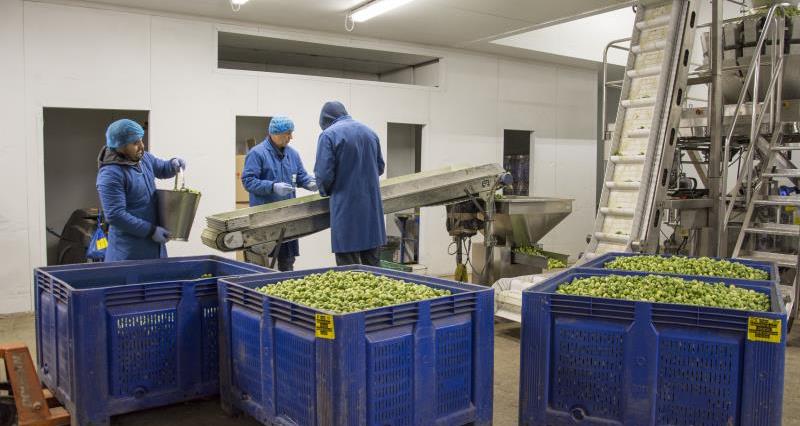As many as 60,000 seasonal workers a year are needed to plant, pick, grade and pack over 9 million tonnes and 300 types of fruit, vegetable and flower crops in Britain.
The new Confederation of British Industry (CBI) report on how migration can work in the UK post-Brexit highlighted two key recommendations for the sector.
It said migration should be put on the table in future trade talks and reassurances made that EU workers will not be subject to burdensome non-EU visa rules.
11% of total employment in the agriculture, forestry and fishing sector came from outside the UK in 2016, with 7% specifically coming from Eastern European countries that joined the EU in 2004.
However, the report was clear that automation is “not the answer” despite being widely cited as a solution to farming’s labour needs.
The report, ‘Open and Controlled – A New Approach to Migration’, provides evidence from 129,000 firms across 18 industry sectors including the NFU.
‘The technology is not available yet’
One major horticultural firm in the East of England told researchers that, whilst they have been able to automate more of the process for harvesting iceberg lettuces and celery, it is not possible for other crops, such as spring onions.
This is due to the delicate nature of the specific crop and the required technology not being available yet.
An NFU spokesman said: “This was a significant consultation with businesses of all sizes, including the NFU. It shows just how important migration is to all parts of the UK economy, at all skills levels.
Sourcing workers is a critical issue for many sectors across farming – particularly horticulture, dairy and poultry.
“As we leave the EU, we need a work permit scheme that replaces free movement so that businesses can better access people and skills from around the world.”

